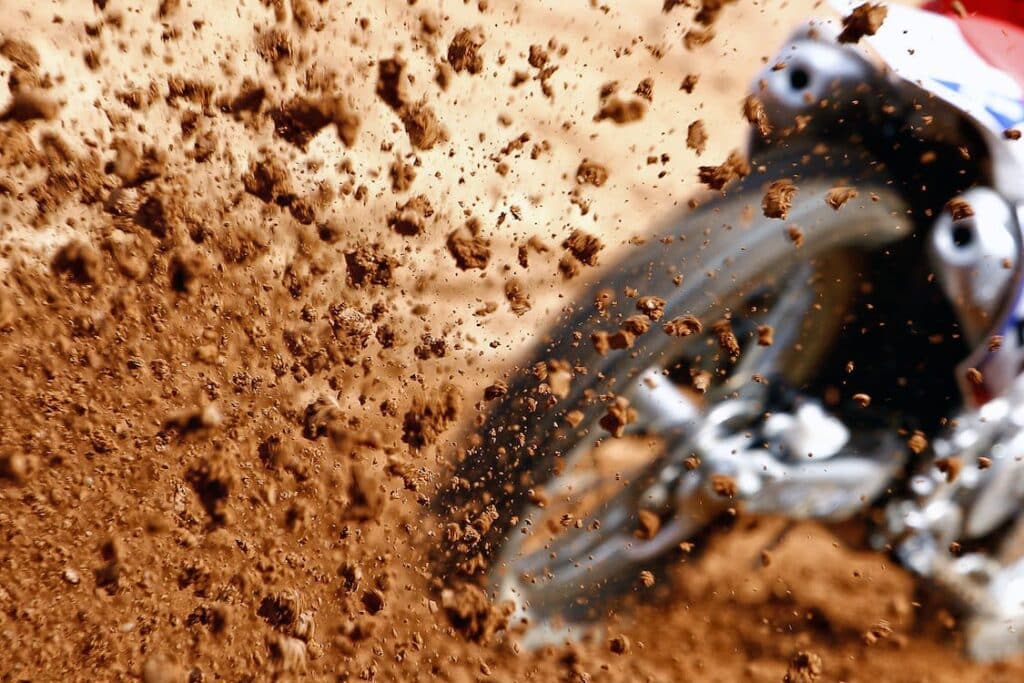How to Change the Brake Pads on Your Dirt Bike
Your dirt bike’s brake pads will wear down more quickly and more frequently than most other parts. Luckily, brake pads are also fairly easy to change on your own. Inspecting and maintaining dirt bike brake pads is important for a good ride and your safety.
Knowing When Brake Pads Should be Changed
The frequency with which you need to change your dirt bike brake pads depends on how you ride. If you’re hard on your brakes and equally hard on your bike, you’re probably having a great time, but will probably need to replace more frequently. Your dirt bike owner’s manual will tell you what the safe limit is for brake pad wear. You simply need to measure.
Take a look at the overall appearance of your dirt bike brake pads, too. If your brake pads have overheated, the surface can harden and be less efficient. If you are noticing any kind of braking challenges, take a look at the brake pads.
You do not want the brake pads to wear down any less than 1 mm. Brake pads wearing into the metal backing plate can cause significant damage.
Choosing Replacement Brake Pads
The brake pads you choose will impact your riding experience. There are a few options, so consider your choices.
Semi-metallic brake pads are popular because they work well in a variety of conditions. They are also inexpensive, which is appealing to many. However, they tend to wear out faster than other brake pads.
Ceramic brake pads are popular for street riding and less typical for dirt bikes. For dirt riders who want the benefits of ceramic, consider organic brake pads. These are a mix of organic compounds and materials like ceramic. They are ideal for racing as they distribute and dissipate heat well. One big downside: these brake pads do not work as well in wet, muddy conditions.
Kevlar is another material popular with street riders. They last a long time and remain durable even with a lot of use. They cost more, however, and are less effective in wet conditions.
Finally, there are sintered brake pads, which combine a variety of metallic materials. They are expensive, but durable and perform well in a wide range of conditions. They are also very heat-resistant, great for riders who go hard.
Preparing to Change the Brake Pads
Make sure you have everything you need before changing the brake pads. Nobody wants to stop in the middle of a repair job to find a screwdriver! Your owner’s manual should let you know what you need, usually involving a flathead screwdriver, Allen wrenches, and the correct wrench or socket for your rear axle.
You will need to move the brake pads away from the rotor, which is where your flathead screwdriver will be helpful. Another option is to take the master cylinder lid off and separate the pads that way. You will need your Allen tool to unscrew the brake pin and any clips securing the pads.
Sometimes, brake pads are really stuck, which means you must remove the wheel so you can use both hands. Work the pads back and forth until they come away from the brake system. While you are working with the brakes, you have the opportunity to clean accumulated dirt or debris from the system.
Installing New Brake Pads
As you handle your replacement brake pads, ensure they do not get any dirt or grime on them. Pay attention to where the locating mounts are on the caliper, aligning the pads with the ledge on the caliper.
Install each brake pad one at a time, tightening the brake pin to hold them in place. Your owner’s manual will tell you what the torque should be at this stage. You may need to replace the caliper clips at this point.
Double-check that the brake pads are situated correctly and are secure before installing the brake pad pin cover (if you have one). Then, rotate the back tire with your hand while pushing down on the brake pedal until the piston pushes the pads against the rotor. The tire should stop rotating.
To properly break in the brake pads, first consult any documentation from the pad manufacturer. Usually, you will want to break them in by riding the bike at medium speed, slowing without coming to a complete stop about ten times. Then, ride a bit faster, slowing by braking another ten times. Finally, accelerate to a greater speed than before and break to slow down another ten times. Before you do any serious braking, ensure that the pads are cool and properly installed.
Disclaimer: While we endeavor to keep the information on our blog up to date and correct, Maxtrade (Coolster) makes no representations or warranties of any kind, express or implied about the completeness, accuracy, reliability, suitability, or availability with respect to the website or the information, products, services, or related graphics contained on the website for any purpose. Any reliance you place on such material is therefore strictly at your own risk.

